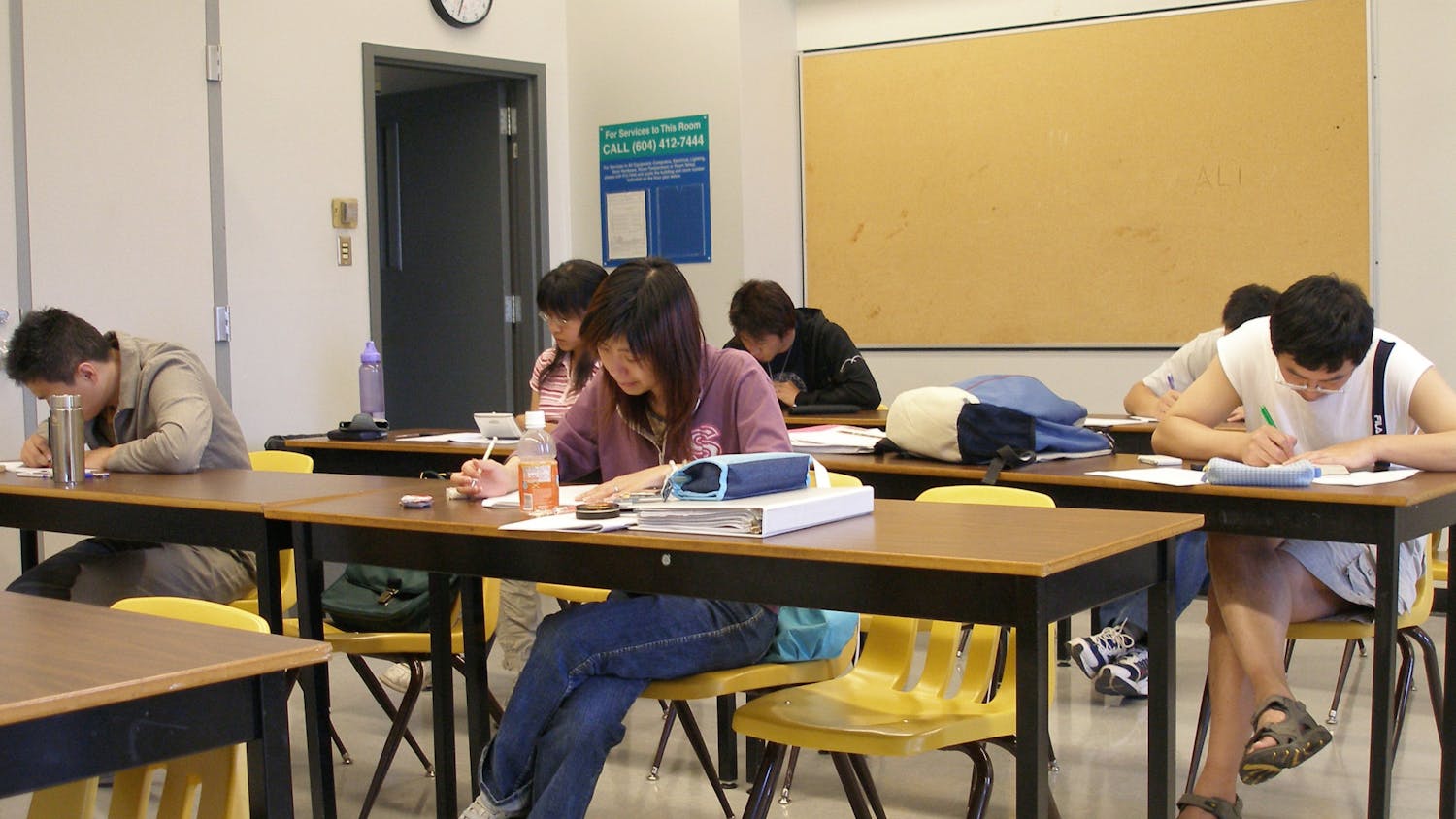By Kelly Kim
Staff Writer
With school, I think half the battle is just completing the mountainous amount of work that needs to get done at a certain time. While there are copious amounts of studying for endless assignments, when it comes to homework, it feels like a chore at times.
There are rare occasions in which the homework that needs to get done is incredibly difficult, making you work two hours on one assignment only for you to completely hate yourself in the end because of how not worth it the process was.
If you find yourself in a position where the only homework you have for that day is to study for some upcoming tests, you and your agenda might feel a sense of relief. However, that dreadful feeling starts to form in your chest and greets you with the dilemma of having to figure out what studying method could be used effectively to get you through another day in college.
Do not worry you are not alone, and thankfully there are some pretty helpful and resourceful studying methods that might fit just right.
There’s the Pomodoro Method, a studying method where you dedicate 25 minutes to working and then take a five minute break afterwards. This cycle is repeated over and over until you are done with your work.
You can strategize and alter how long you want your breaks and study sessions to be for, so long as everything is balanced. For example, you could take a 15 to 30 minute break after doing four consecutive work intervals. Thus having longer sessions, but taking longer breaks to balance things out.
Some people prefer this method because it aids in time management and one can get more done in less time while also feeling as though they have accomplished much work.
The other method you could try is active recall, which is where you essentially flip the studying process in the opposite direction. The most common way students like to study is to read or study all the information and then hope that your brain will retain it, but with active recall, you force yourself to test the knowledge by retrieving it from the brain and directly using it on your studies.
This studying method involves a series of different ways in which you force your brain to keep studying the information rather than relying on blind faith that you understand everything. One way of doing this is creating practice questions based on the topic or repeatedly testing yourself on the topic after taking a break and doing other work.
Instead of passively reading everything, you are actively learning the necessary information to ensure that you remember and internalize it.
For me personally, I like to use active recall mostly because I think it effectively tests what I do and don’t know, especially when I take breaks in between to do work for my other classes and then revisit what I’ve retained. Active recall worked really well for me in high school when I would have to remember what happened in certain acts in Shakespearean plays, so I would just recite in my words the chronological order of events that happened and note why they were important if need be.
While there are a multitude of different studying tactics, it does not hurt to try a new method here and there to change things up a bit. Sometimes it can even help to merge studying methods and take the good parts of one and mesh with another to ultimately optimize your study session and learning.







